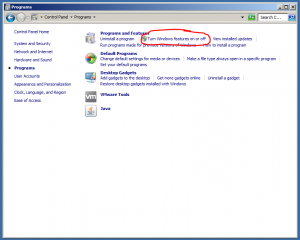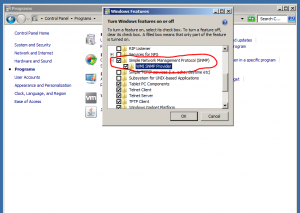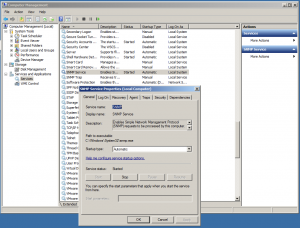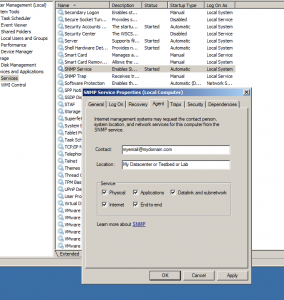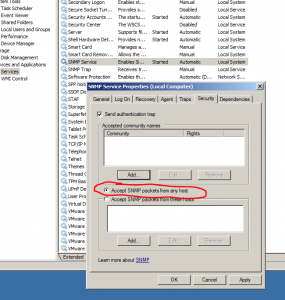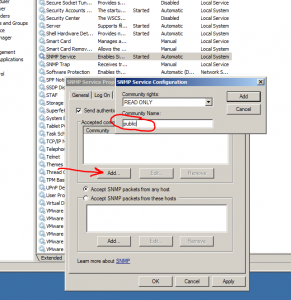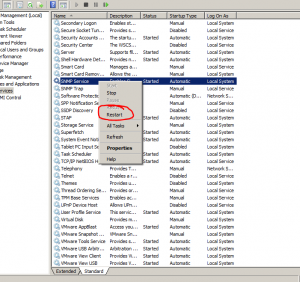– Why do you need this software?
We need a product that can confirm our lab networking is in good working condition. Also that can quickly and easially spot issues live while testing, and historcally keep needed data when a potential bug is found. This information can be included during the time the bug is filed to assist in justification that the bug is or is not in fact a product related issue.
– What is the business impact?
The impact is high. Currently when bugs are submitted that are not obvious bugs, frequently the bug is kicked back by the developer that it looks like a connectivity issue. We then spend a day gathering any info we can find and send it back. If the issue happens over the weekend then it can prove very hard to find the needed logs and we find our selves having to repro the bug, and for some, this can take a day or more if it is an uptime or scaled test. We find that we can lose 1-4 man days just in getting the needed info to show that there was in fact no connection issues between all the points in that specific testbed. This can equate to loss of man weeks in a release cycle. This product would allow us to attach the needed information when the bug is filed, therefore eliminating any need for Development to kick the bug back as a network connectivity issue.
